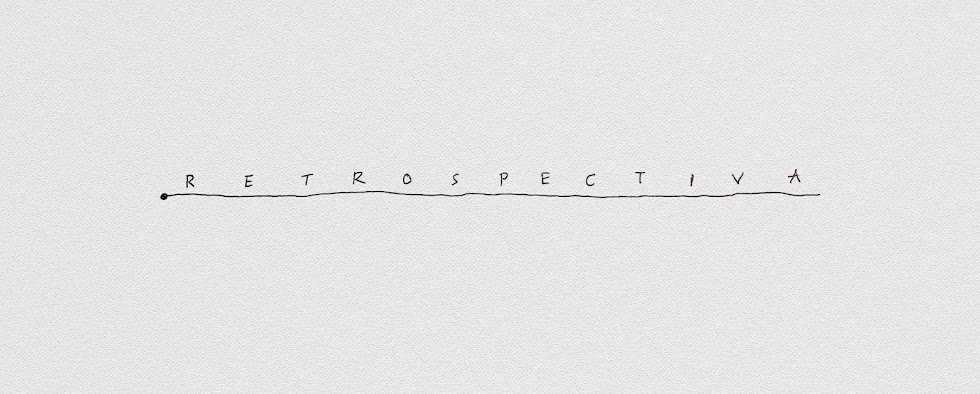TRANSITORY OBJECTS
Art Into Theater




[...]
It was very simple in a way. At the age of twelve I had already had an exhibition of work. Painting was very attractive to me. I know that I started painting the sky. First the clouds, then removing the clouds — just a kind of blue monochrome. At one point, looking at the sky, I saw the planes passing and leaving this white track, which was almost like a drawing. I was so impressed with this that I wanted to make a kind of concert. What I was interested in was that you could see the process — you could see things happening and dissolving all at the same time. So I went to the military base and asked for fifteen planes — and they sent me home. [Marina Abramovic]
[...]
Now, the product that I give to the audience is for them to use. Before it was one-to-one, and now it’s me and everybody else in relation. I’m always working with transformation. The performance is one way of transforming work, in certain stages, psychologically, and going to another type of reality. Really, performance is to do with change and transformation. But the public always, until now, have had this role of being voyeurs, of not actually participating. They are always at a distance. But it is a time, now, for the public to take a completely active part. So I’m building these kind of objects. I don’t call them sculptures, I call them transitory objects. They are almost like scenography, like a kind of floor, like a platform on which one can experience the quality of the material simply with the mind and the body, and go through this transformation. Duchamp always said that to understand the work of art, the public has to be creative as well. [Marina Abramovic]
[...]
My main concept is the space in-between. The time when you leave one country and then you go to somewhere else. But before you arrive, that space in-between — that’s the space where it is most intense. It’s the space where you’re open, where you’re sensitive, vulnerable — and anything can happen. And another space I propose is the waiting space. We always consider waiting as losing time, but waiting is extremely important. It is where we need to put emphasis, because to wait is to deal with doing nothing. Doing nothing is exactly what it’s all about. Cage says: "We have to go to boredom, only through boredom can we come to another side". [Marina Abramovic]
[...]
We never rehearse performances. In fact, the beginning of the performance is when we enter our own physical and mental construction. It’s the first time that we’ve experienced that — as it is for the spectator. And it is an experience that can go in very different directions. We are very aware of the spectator, and we work with the spectator, through our consciousness. We don’t sit and daydream, we are not in trance. We just sit. [Ulay]
[...]
The idea of our sitting is that we’re present in that moment with the mind and the body. What you see is exactly what is happening. And that is the reality. It’s very difficult to be present, because your mind is thinking all the time. [Marina Abramovic]
[...]
We feel, as performance artists, that we can’t paint any more, because we really believe that objects are an obstacle. If you make an object, you put all your generating energy into the object. In the past, that was why many objects had this radiant energy, this power. But now, for many people the work is personal, because we don’t really know the source, so the object simply becomes an obstacle. It’s much more important to transform yourself first. And afterwards you don’t need the object to transmit the real idea — or whatever you want — the truth. You can do the work with just the power of your mind. You can transmit certain things, just directly, mind to mind. [Ulay & Marina Abramovic]
Source: Kaye, N. (1996) ‘Marina Abramovic’, Art Into Theater, Amsterdam.

